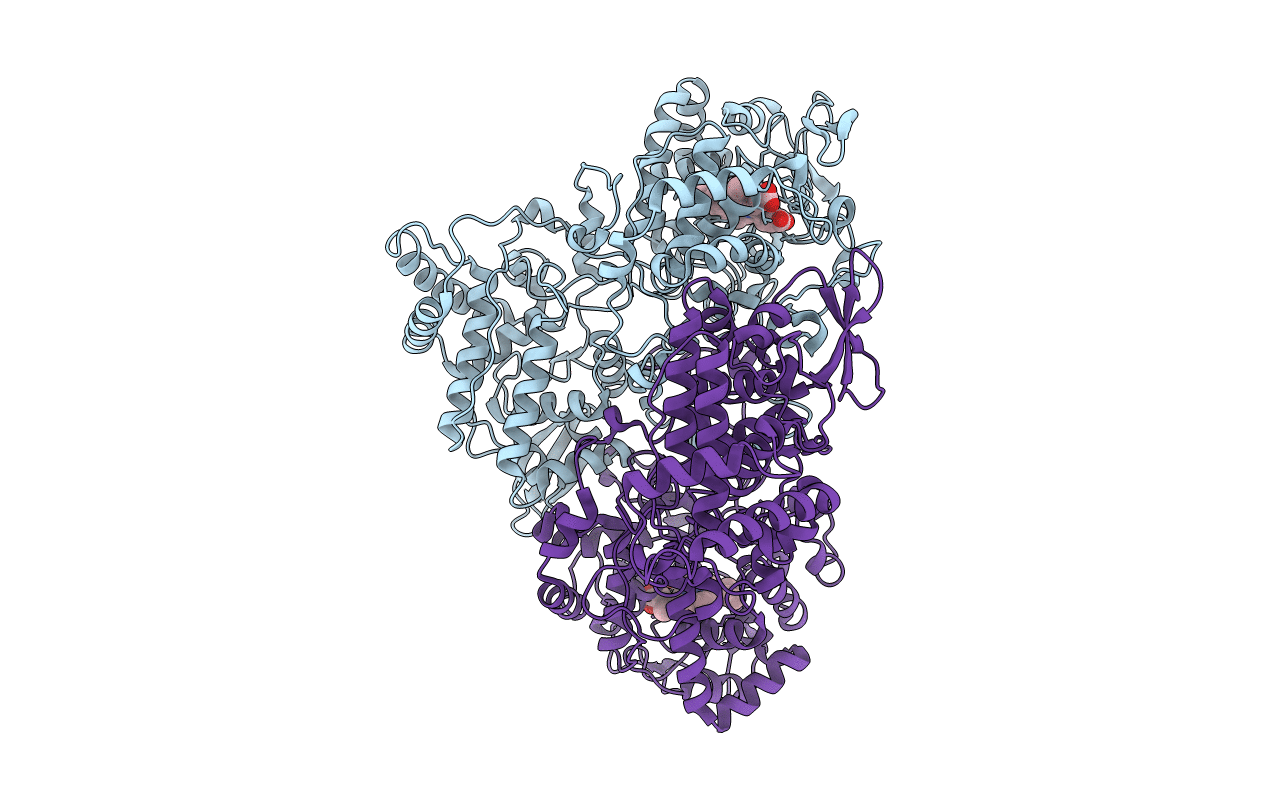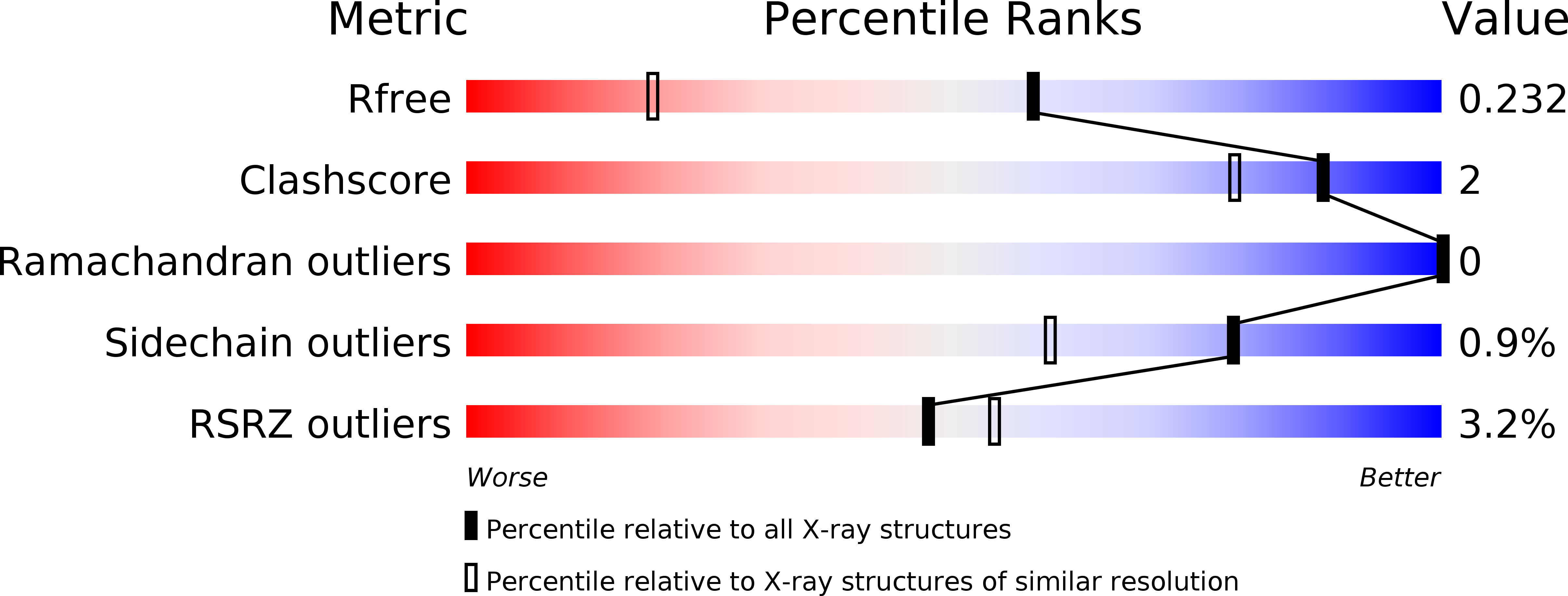
Deposition Date
2011-11-24
Release Date
2012-07-25
Last Version Date
2023-12-06
Entry Detail
Biological Source:
Source Organism:
Magnaporthe oryzae 70-15 (Taxon ID: 242507)
Host Organism:
Method Details:
Experimental Method:
Resolution:
1.55 Å
R-Value Free:
0.21
R-Value Work:
0.19
R-Value Observed:
0.19
Space Group:
P 21 21 21


